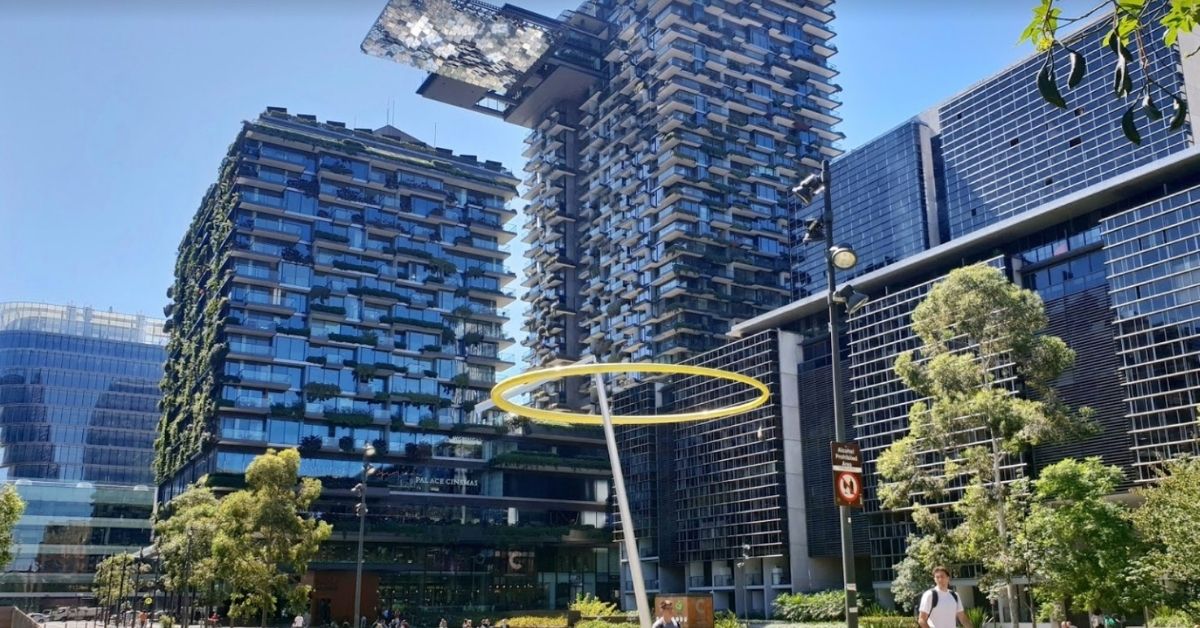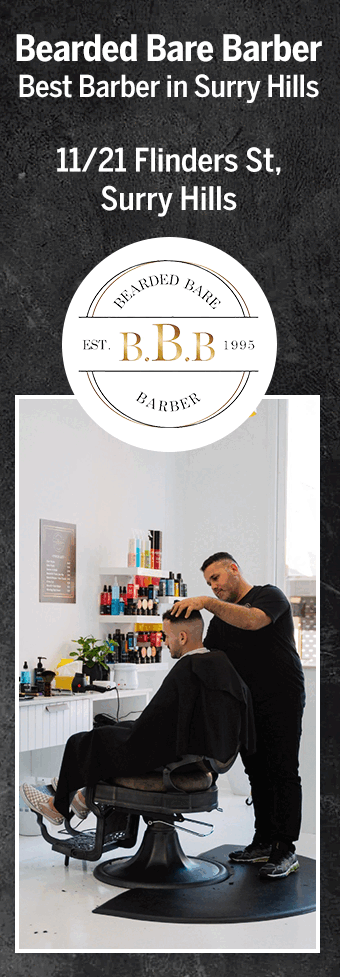It took some time for Chippendale to evolve from a working-class suburb to what Travel + Leisure magazine now refers to as one of the hottest neighbourhoods in Sydney. But it was only a matter of time for this area adjacent to Surry Hills, Redfern and Ultimo, where urban renewal and gentrification began in the early 2000s.
After Carlton & United Breweries in Blackwattle Creek announced the closure of Kent Brewery in 2003, Chippendale’s gentrification slowly started. However, it took the locals almost a decade later to enjoy the urbanisation and changes happening all around.
The old brewery, redeveloped with a $2 billion funding, became a major mixed-use site for an apartment complex, offices, event hubs, retail spaces and restaurants. By 2013, One Central Park East was Chippendale’s busiest community centre.
With its vertical gardens and the Central Park Mall in the lower levels, One Central Park East was cited for its functional, sustainable and aesthetic design by international construction data company, Emporis.
Its rise followed a massive residential and commercial redevelopment converging with the public parks on Balfour Street and the Chippendale Green, which were built before the buildings between 2009 to 2012.
The public parks had a special landmark — an art installation called Halo, designed by Jennifer Turpin and Michaelie Crawford.
This sculpture has a large ring that tilts or turns in the direction of the wind. Its concept was inspired by this suburb’s brewery heritage. The circle ring stood for the brewing-vat support and its off-centre placement represents the stirring of brew and tipsiness.
In due time, Chippendale’s very own lifestyle precincts highlighted some of the widely-praised establishments in Sydney, especially on Kensington Street. White Rabbit Gallery, built on a car manufacturer’s depot, became a favourite visual arts venue, whilst Spice Alley became the go-to place for Asian food.
Industrial warehouses in Chippendale were redeveloped into dwellings of different sizes for young professionals, small families, immigrants and students attending the universities nearby. Given the demographic, there are heaps of affordable establishments around the suburb. It’s a short walk to everything residents need: bakeries, cafes, groceries, shopping, galleries and green open spaces.
Chippendale’s housing is a mixture of high rises, two-storey brick buildings and Victorian-era terraces. Despite its boom, the neighourhoods are fairly peaceful. It’s close to Central Sydney too.






